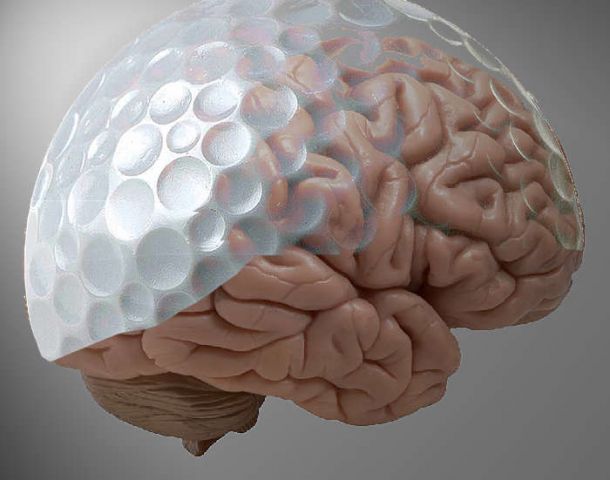3 Pillars of Consistency in Golf
Mental Game
Understanding these 3 pillars can help you determine what you need to improve more of, and will give you a clearer vision of where you ideally want to head with your golf game/training.
Pillar 1: Biological Consistency
"I’m not consistent" is the number one thing I hear from players on the lesson tee. Yet, time and time again, I see that they are actually very consistent. Consistent in the sense that they are doing the same thing within an acceptable degree of human variability.
As humans we always have movement variability. We can never repeat the same motion exactly twice – not even the best players in the world. Even as far back as 1922, Nickolai Bernstein found that, even though advanced blacksmiths hit a nail with great proficiency, they did so with varying movements each time.
Even when we look at the task, which tends to be less variable, there is also a normal and acceptable amount of result range. For example, a player trying to strike the sweet spot may see a pattern like in the first picture.
This would be classed as high biological consistency, as the range is very tight (not a big standard deviation from the average). This would be quite typical of a scratch player’s range of strikes.
The second picture shows a poorer level of biological consistency.
We typically see low biological consistency in players who have had very little practice, or who are new to the game and have not had chance to ingrain anything yet. Biological consistency tends to automatically increase over time with more practice.
Low biological consistency is not always a bad thing. For example, would you rather be the player with the bigger range which is more centred, or the player with the very tight range which is dotted around the shank?
To summarise, biological consistency is the variability of the effects of the movement – specifically during club/ball impact.
Pillar 2: Technical Consistency
What if a certain technique gave you better results with a certain biological consistency? That would be technical consistency – let me explain.
The below picture shows the ground contact ranges for two different players.

The thick white line represents ground contact ranges. You could argue that both have the same amount of movement variability (biological consistency), as the range of ground strikes are the same (about 2 inches from front to back). However, Player B would have higher technical consistency.
If player A were to hit the front end of their range (the ground contact closest to the ball), they would hit a pretty decent shot. However, if they hit the back end of their range, they would likely lose a lot of distance.
However, even though the movement repeatability (biological consistency) of player B is the same as player A, if this player were to hit the front or back end of their movement ranges, they would have better overall results due to their higher technical consistency.
The movements/impacts are as repeatable as one another, yet player B has better technical consistency and thus better results.
In fact, it is possible to increase your technical consistency while decreasing your biological consistency. See the below picture.

Player A has low biological consistency, but higher technical consistency
Player B has higher biological consistency, but lower technical consistency
As a result, all else being equal, player A would get more consistent results than player B. Player B would hit a few ok shots, but would throw in a few stinkers which completely ruins their standard deviation from the average.
So, when you say you want to be more consistent, which type of consistency are you asking for? Player B needs more technical consistency. Player A needs more biological consistency. Both require different strategies.
To summarise – technical consistency is where you achieve more repeatable results with the same biological variability. For example, achieving better results with the same ranges of ground/face strikes.
Pillar 3: Mental Consistency
The final pillar of consistency is between the ears.
While this one is tough to pin down with an exact definition, most people will understand this. Basically;
- your level of conscious interference

- amount of swing thoughts
- type of swing thought
can all help or hinder regarding mental consistency. For example, if a player switches swing thoughts often, has a lot of swing thoughts at any one time, or has harmful swing thoughts (for example, starts thinking about something internal when they perform better with an external focus) we see a fall in mental consistency.
We often see this in good quality players who have suffered with a poor round under pressure. They may have great biological consistency from all the reps they have put in and years of honing and ingraining their swing. They may have great technical consistency too – big margins for error and sound impact fundamentals. Yet, under the gun, some big changes occur mentally and their game goes down the drain.
Maybe you know this guy – maybe it’s you!
The opposite can be true – many people (when they play their best) report having one swing thought/key, or even zoning out completely. Coaches are currently exploring this phenomenon with the use of something called a ‘focus band’, which measures certain brain activity. Many people using it report a sense of lowered conscious thought and are reporting consistent/better performances.
To summarise – mental consistency is how your thought processes affect the biological and technical consistency.

